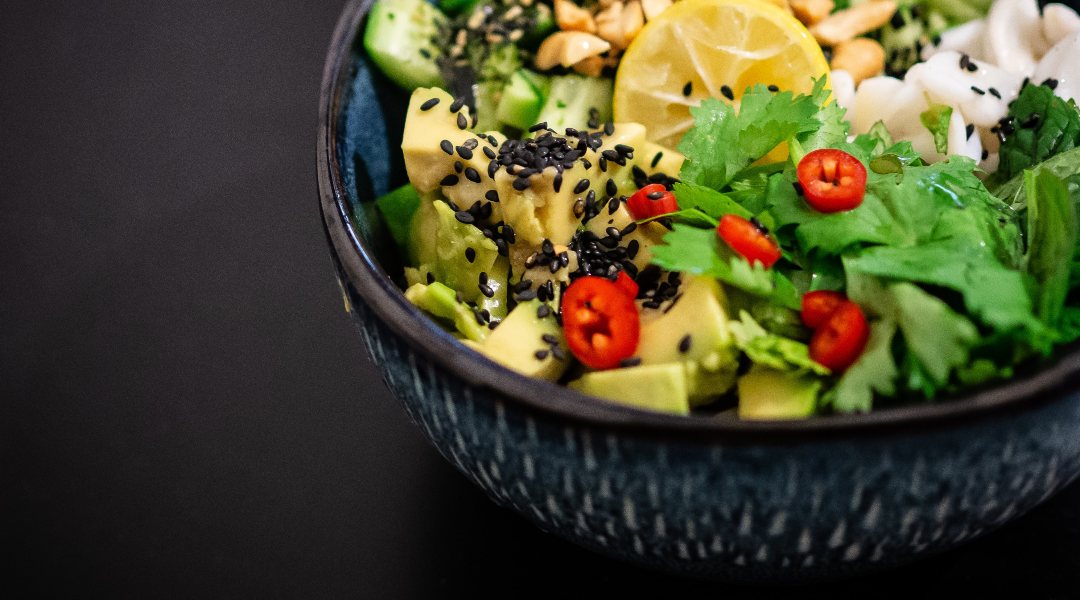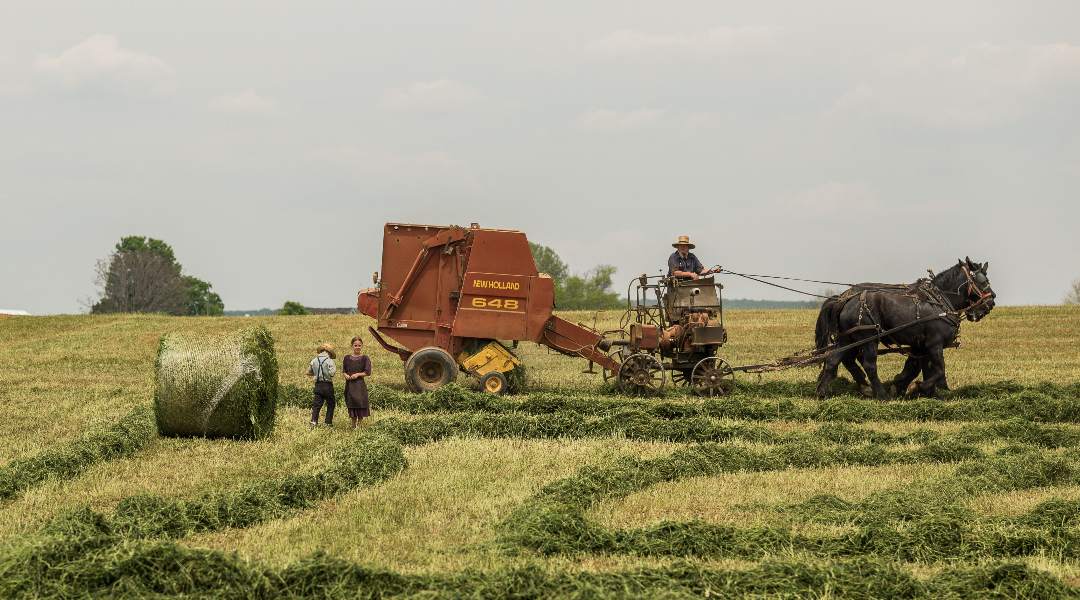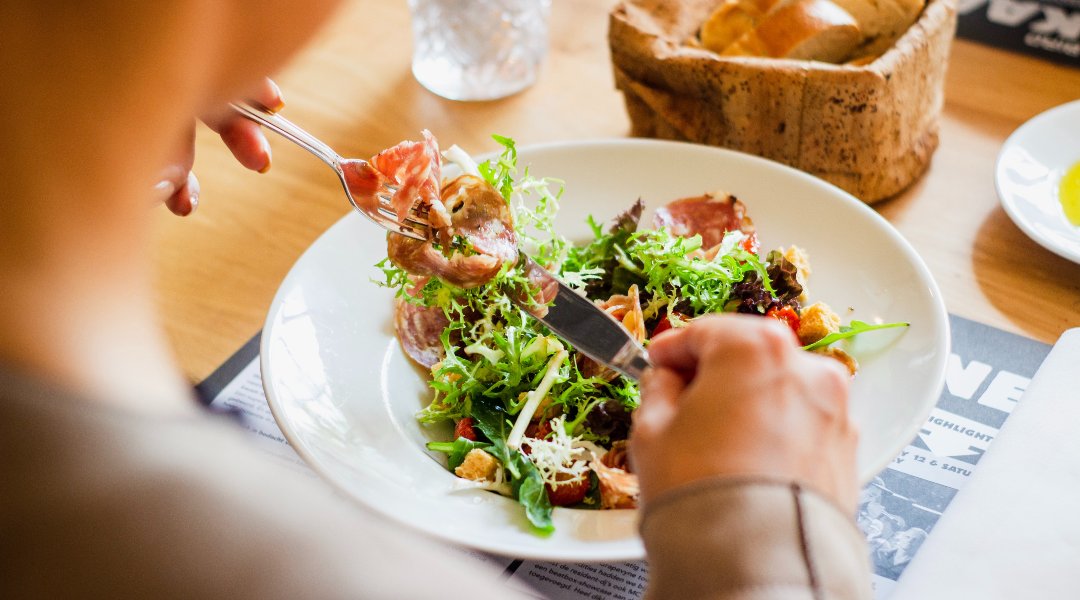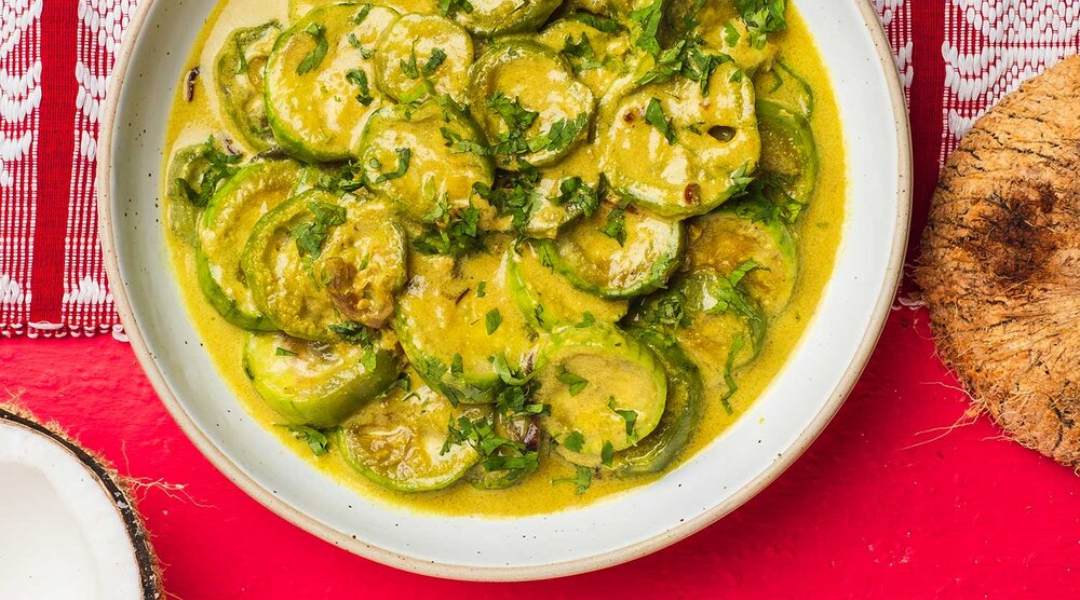Is it the same as being vegan; Won’t I lack protein; Can I lose weight with this diet—and more questions answered.
Juana Yupangco and her husband Rick decided to go on a plant-based diet four years ago. “The family did it to support him as he had high cholesterol. Going on a plant-based diet is the best way to keep it in check,” she shares.
Living with a mind for health and wellness, a trait that Yupangco got from her parents, is what pushed her to launch Mesa ni Misis in 2017. The organization, according to its website, promotes the benefits of local vegetables by creating delicious, affordable recipes for the family. “We believe that food can heal, and good health is affordable, making use of vegetables that are available in local markets,” Yupangco says.
However, there are many misconceptions that surround the concept of plant-based eating, which Yupangco is happy to clarify.
ALSO READ: Stay Safe: Here Are Metro Manila Establishments That Offer Al Fresco Dining

Plant-based VS Vegetarian
First, an important distinction. Plant-based eating is different from vegetarianism and veganism, which mostly exclude animal products in their diet and lifestyle. Some types of vegetarianism still consume eggs and dairy.
Plant-based eating, on the other hand, is about focus and not exclusion. It is about how one’s meal is dominate by minimally processed fruits, vegetables, whole grains, legumes, nuts and seeds, herbs, and spices
Being consistent with such diet is essential to see and feel improvements in the body. For Yupangco, a slow transition makes it easier to be uphold the lifestyle.
“There have been special occasions like Christmas or birthdays in the past where I let myself have a little ‘cheat,'” she admits. However, when she does eat animal-based dishes, she reveals feeling the stark difference in her body. “After four years of being plant-based, I can really feel the bloat and aches and pains after eating animal.”

Protein source
The most common misconception about a plant-based diet is it completely leaves out protein. Yupangco, who follows a whole-food, plant-based diet, debunks this. “Even local veggies [such as] beans, tofu, nuts, legumes, rice, and potatoes have protein,” she explains.
While animal meat does contain protein, a Harvard study strongly advises paying attention to what other components it contains. The research, which was done by the Harvard TH Chan School of Public Health, recommends choosing all-around good sources of protein like legumes (lentils, beans, peas, soy products), whole grains (quinoa, millet, buckwheat), nuts, and vegetables (broccoli, artichokes, asparagus). As for the portion, the study advises seven grams of protein daily “for every 20 pounds of body weight.”
ALSO READ: 5 Vegan Substitutes To Your Kitchen Staple Ingredients

What’s natural
Some may think green eating means consuming organic food or produce grown without using synthetic chemicals. However, Yupangco clarifies there are organic and non-organic vegetables. “Going plant-based does not necessarily mean eating organic which is expensive and is a deterrent for people who want to eat healthily,” she explains.
In the country, organic farming means slow production as it prioritizes the health of the soil. This means needing meticulous care and so it yields fewer produce. The goods then require immediate delivery to consumers.
However, the Food Agriculture Organization of the United Nations (FAO) observes this is costly and is an inefficient way to market and distribute, unlike traditionally-grown fruits and vegetables. “At Mesa ni Misis, we don’t tell you that you have to eat organic as this is not possible because of [one], the cost, and [two], the availability of produce,” Yupangco asserts.
To make green eating more accessible, she recommends local vegetables like the ones mentioned in the song “Bahay Kubo.” “Eat what grows naturally around you and it will be cheaper,” she adds.

Weight loss
Taking off from the misconception about the lack of protein in plant food, some may perceive avoiding animal meat means losing weight.
While this is true to an extent, Yupangco says it is still about keeping track of calories. “There are loads of ‘healthy’ plant-based food such as mushroom chicharron, and vegan brownies, but these are still empty calories,” she shares.
This is because whole plant food primarily consists of water, she explains. Consuming those with a low-calorie density like grains and fiber-rich produce provides a sense of fullness and volume to the stomach. If one is thinking about losing weight, cooking meals with low calories has an advantage over reducing the size of food proportions.

Creative eating
Some think that maintaining a “plant-based diet” is just about eating leafy greens all the time. Countering this false impression is part of the mission of Mesa ni Misis.
The nonprofit promotes healthy and cost-effective eating while still having scrumptious meals. One such example is a recent nutrient-dense dish Yupangco whipped up: Patola Curry. As Filipinos typically cook the vegetable in two ways—sautéed with meat or with misua—Yupangco thought of turning it into a more flavorful dish.
The bold taste of the curry helps children indulge more in vegetables. “Their palates are still open to new flavors. Children like pasta, noodles with lots of [vegetables], or anything with sauce is easy to hide veggies in,” Yupangco says. All it takes to make plant-based eating enjoyable is creativity.
For more information, visit the Mesa Ni Misis website.





